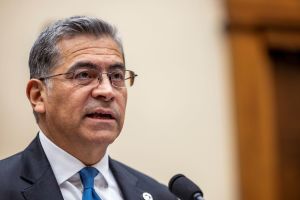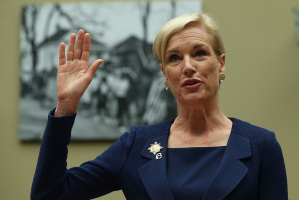U.S. FCC Approves Broadband Subsidy for Low-Income American Families
Low-income American families will soon be able to access broadband Internet at home through the U.S. government's three-decade old Lifeline program. The U.S. Federal Communications Commission has approved last April 1 the proposal that sets to include broadband internet services to the existing telephone subsidy of low-income families, according to a report in Tech Times.
According to the report, the approved proposal will bring a $9.25 monthly subsidy in order to bring broadband Internet access to millions of Americans. The reason behind the proposal is that the Internet is no longer a luxury but already a necessity, as students need it for school and parents for finding employment and government and business transactions. It also targets to narrow the digital divide between the 60% of Americans making $25,000 and cannot afford broadband Internet and the 95% of Americans earning $150,000 a year who have access to broadband Internet, according to the FCC.
The proposal was put forward by FCC Chairman Tom Wheeler and was backed by three Democrats. Two Republicans opposed the proposal however. It is said to be part of the ongoing reform of the 30-year old Lifeline program which aims to help low-income Americans with their telephone services. Those who are already part of the Supplemental Nutrition Assistance Program and tribal and veterans benefits can apply for the broadband subsidy starting December of this year.
According to another report in Reuters, Wheeler said that the $9.25 monthly subsidy would apply to either phone services, high-speed Internet or even both. Currently, the program helps around 12 million households with their phone services. Eventually, when the broadband subsidy is in place, households would have to make a choice as to where to apply the subsidy. A program budget of $2.25 billion a year was also proposed, which will help another 5 million households gain access to the program.




























